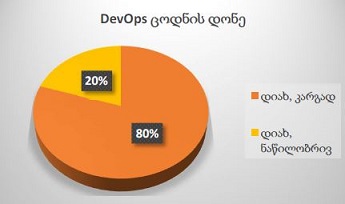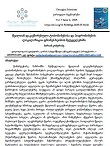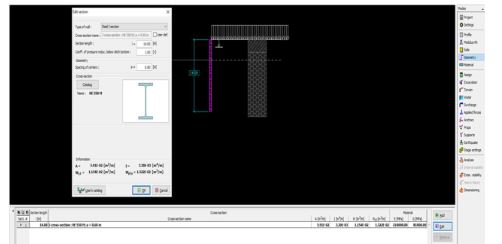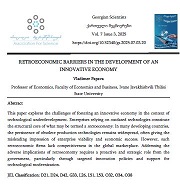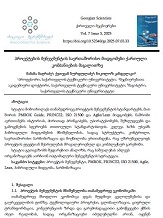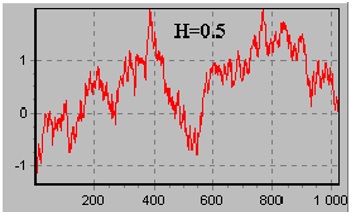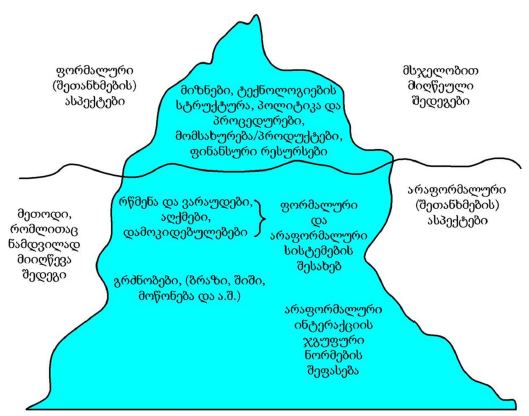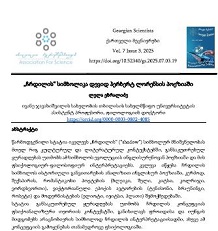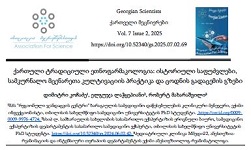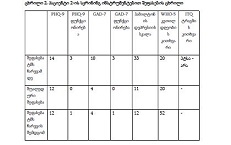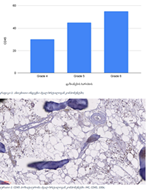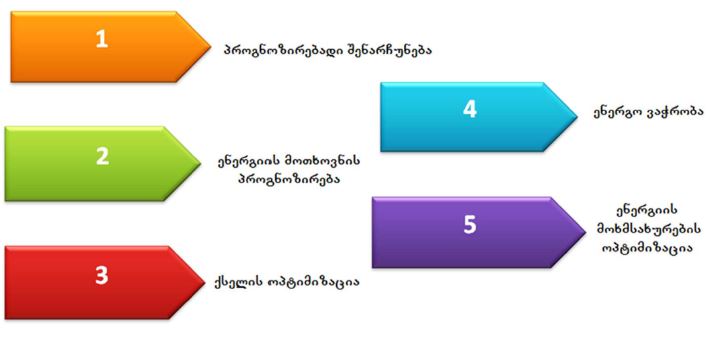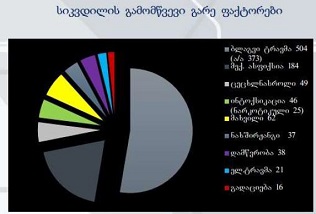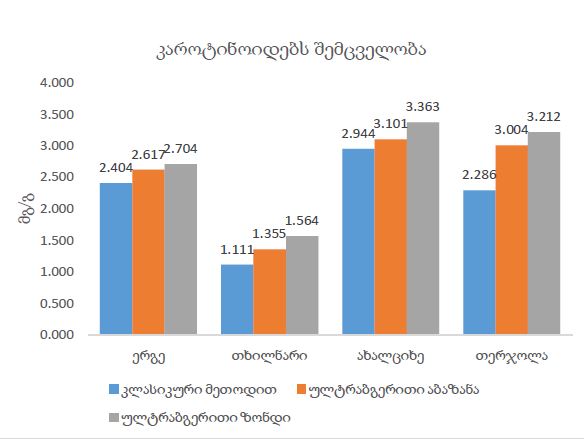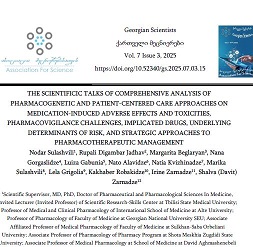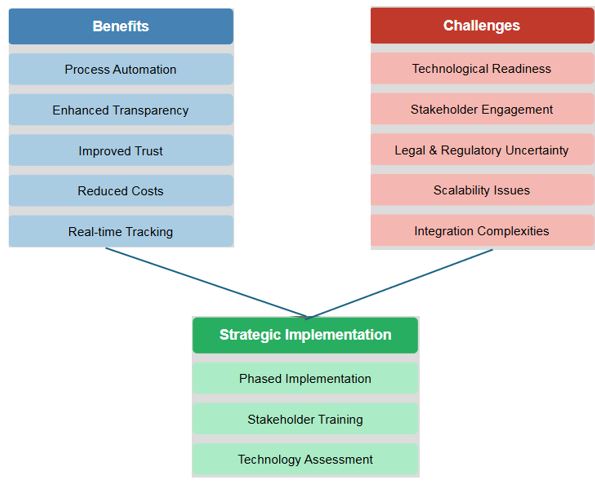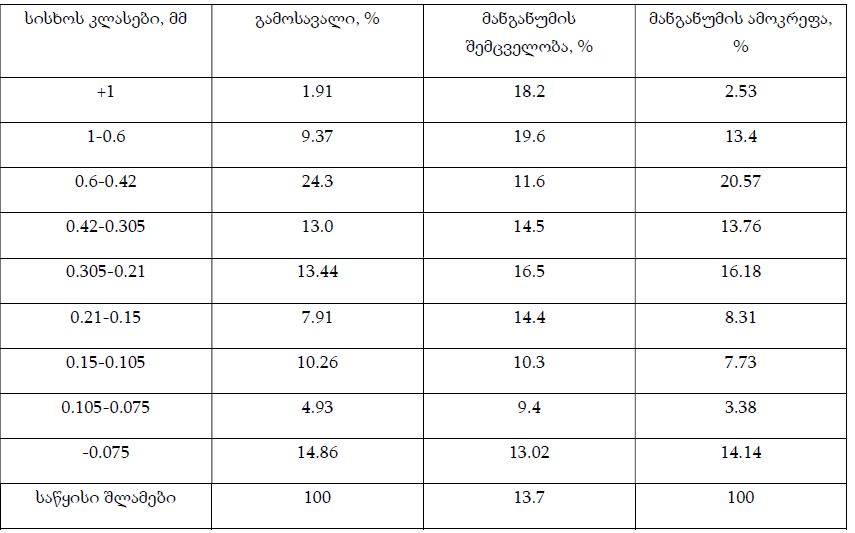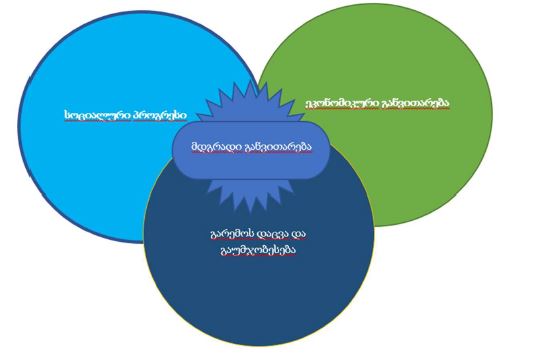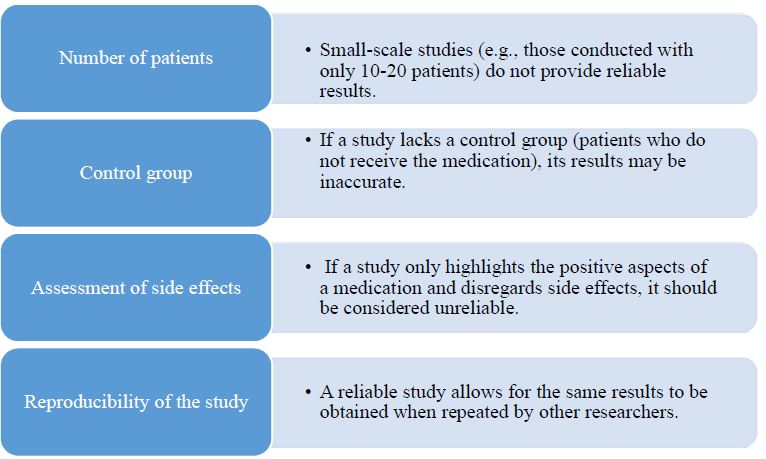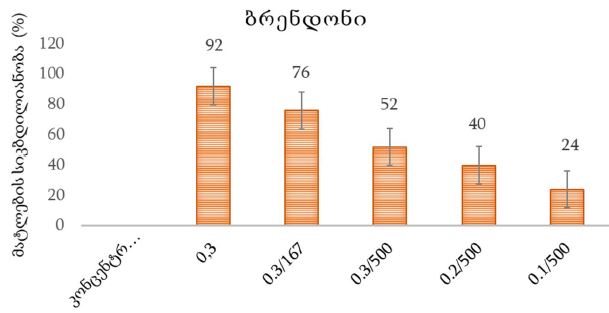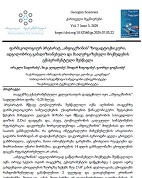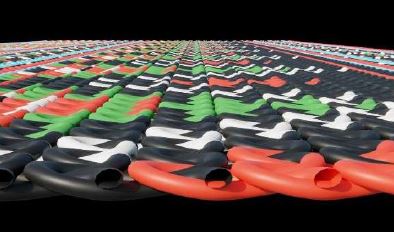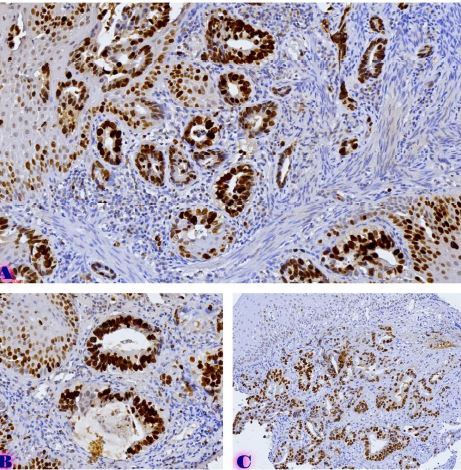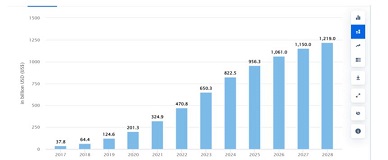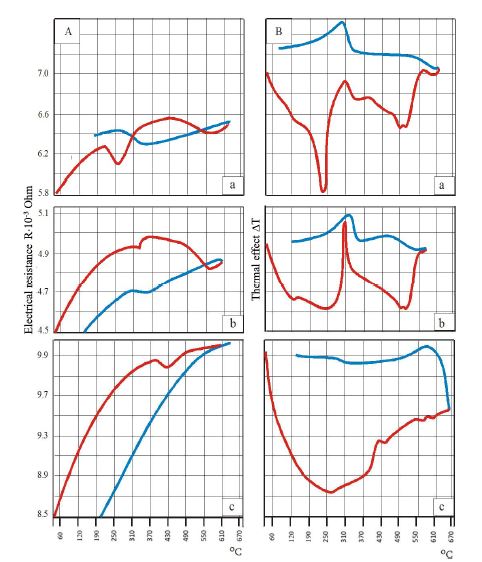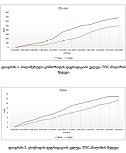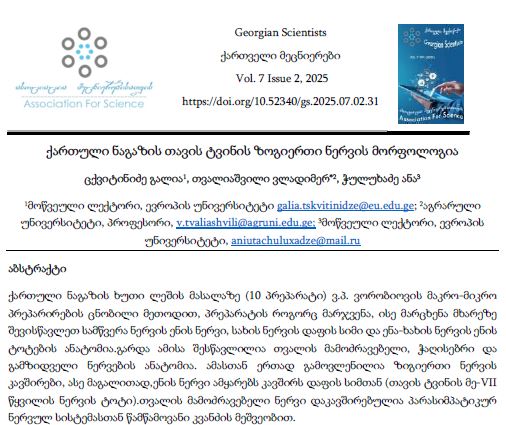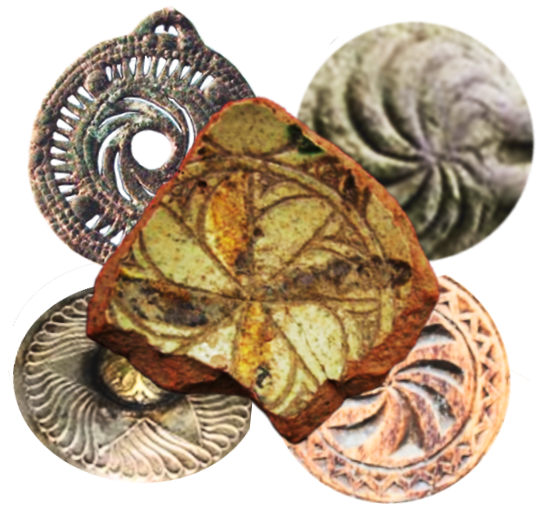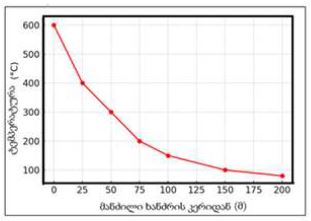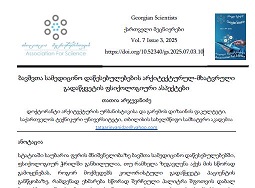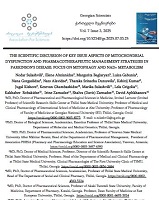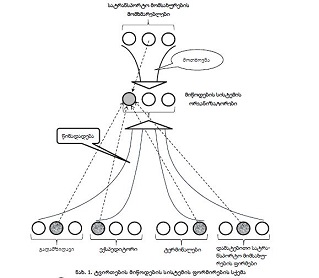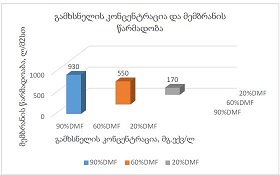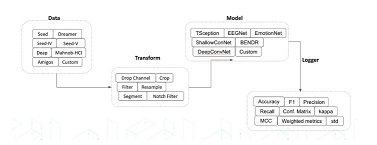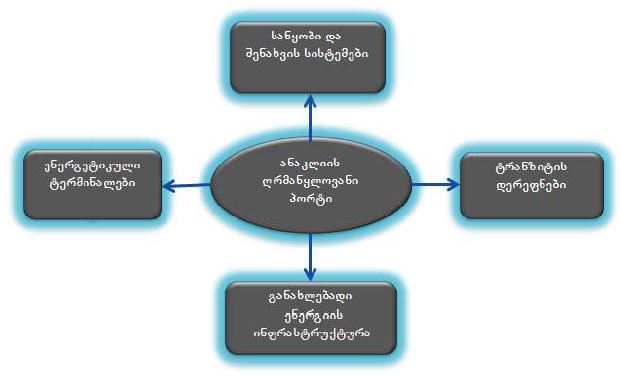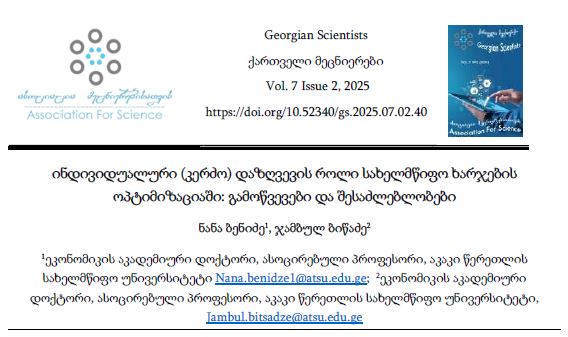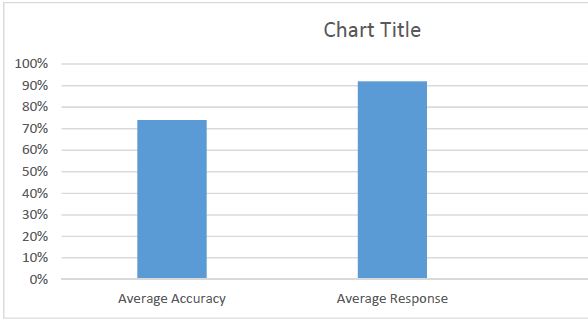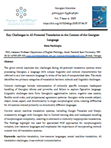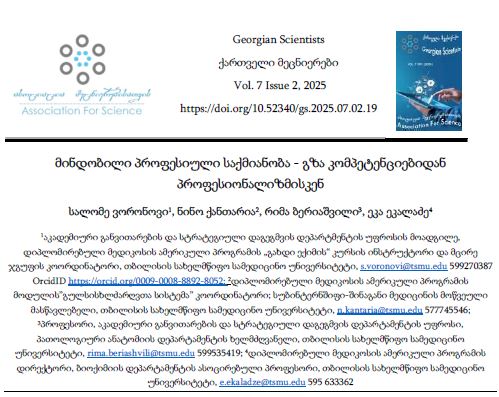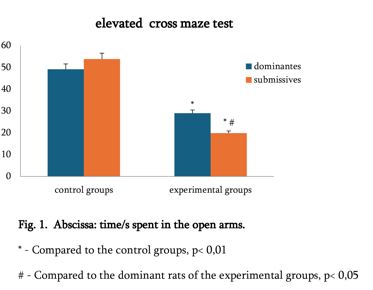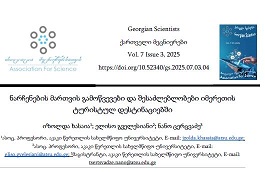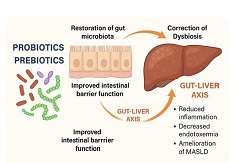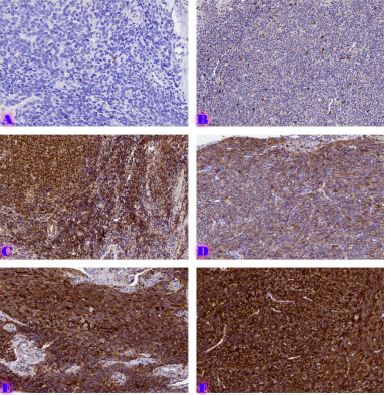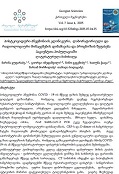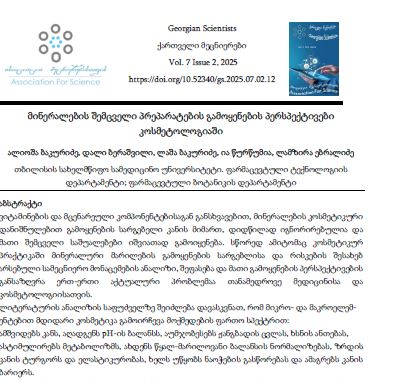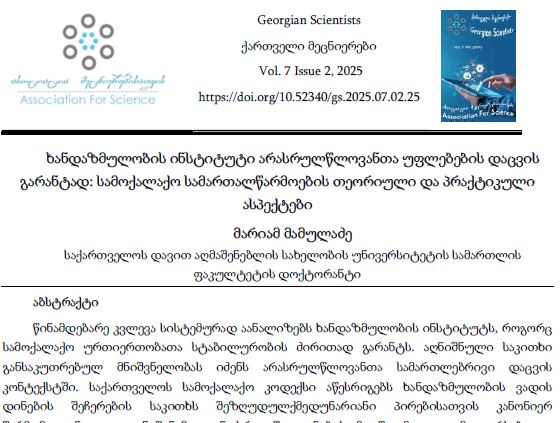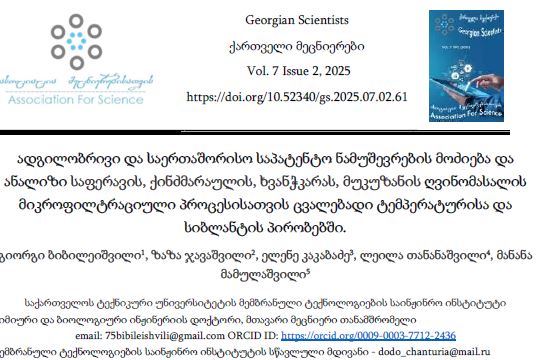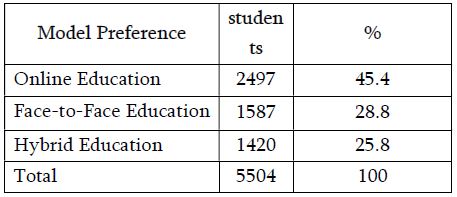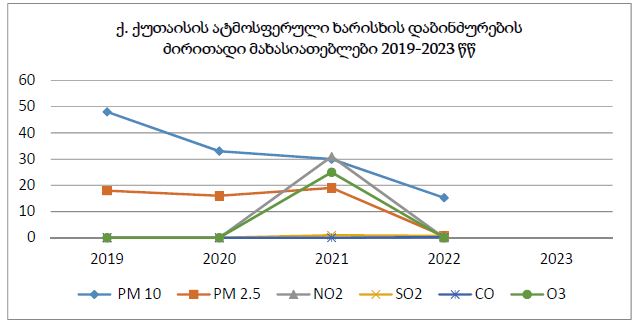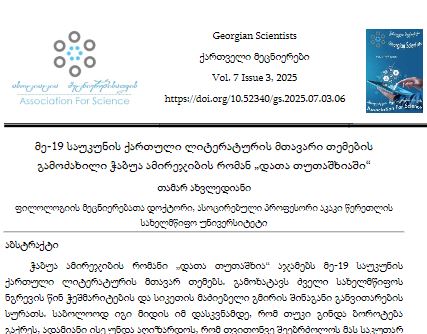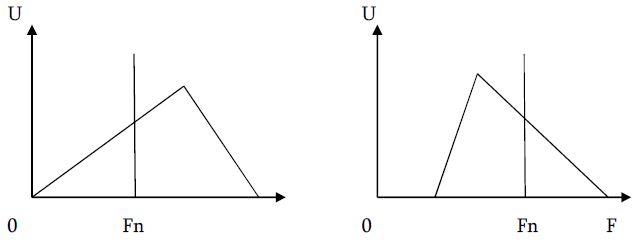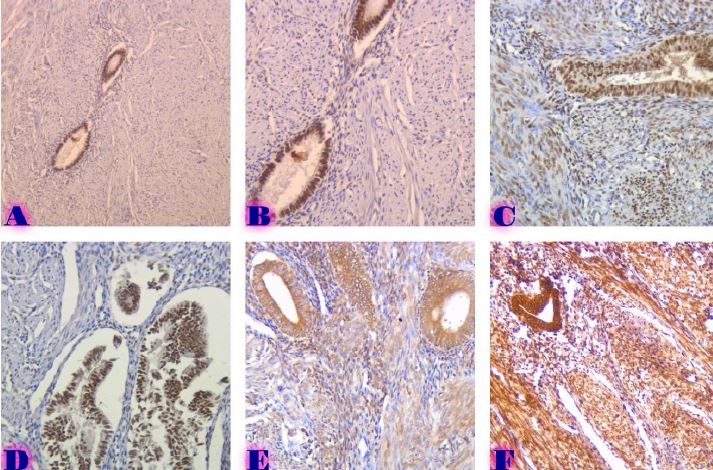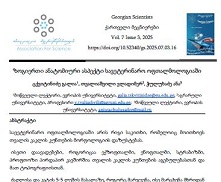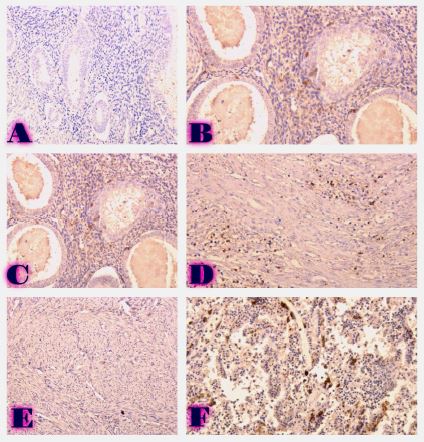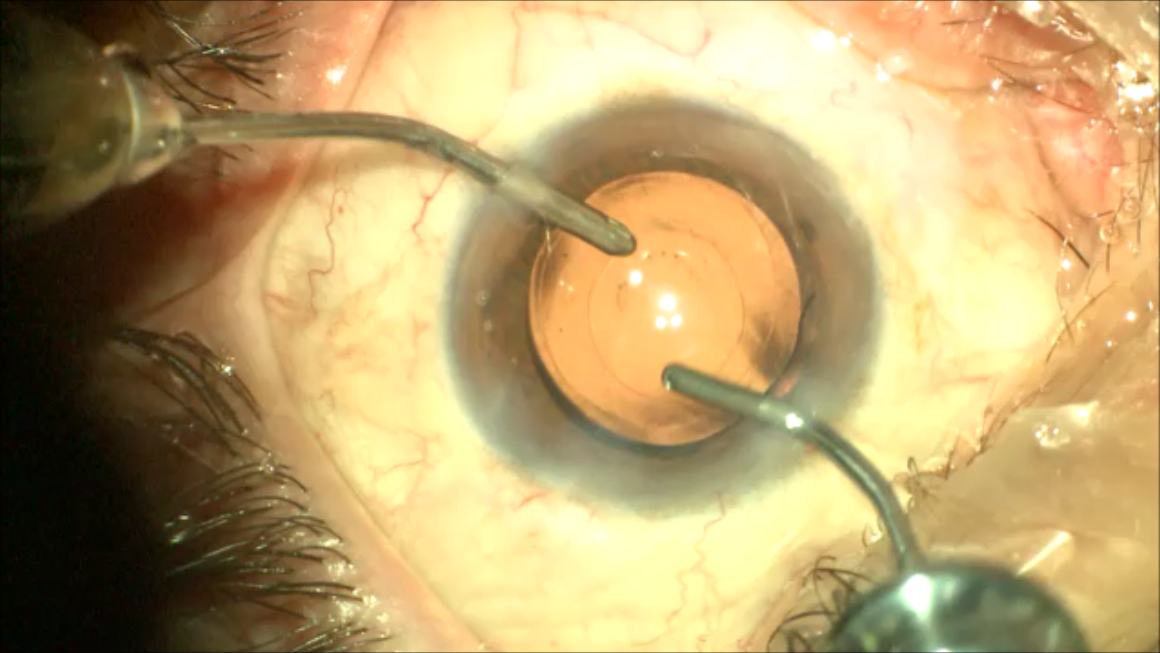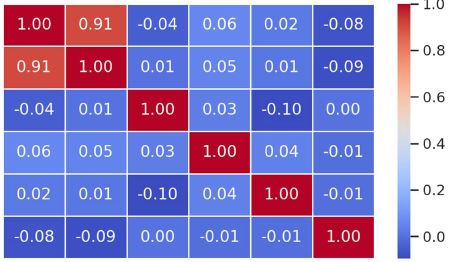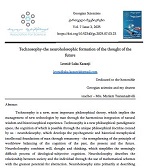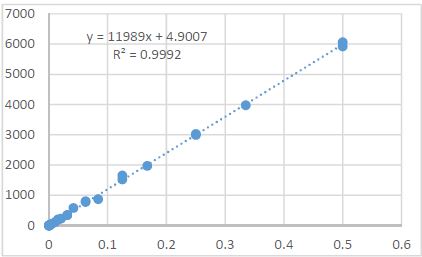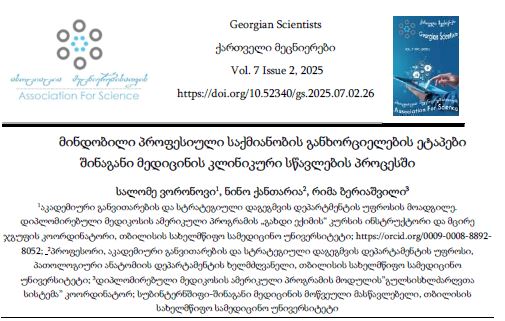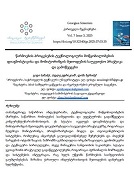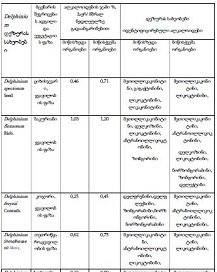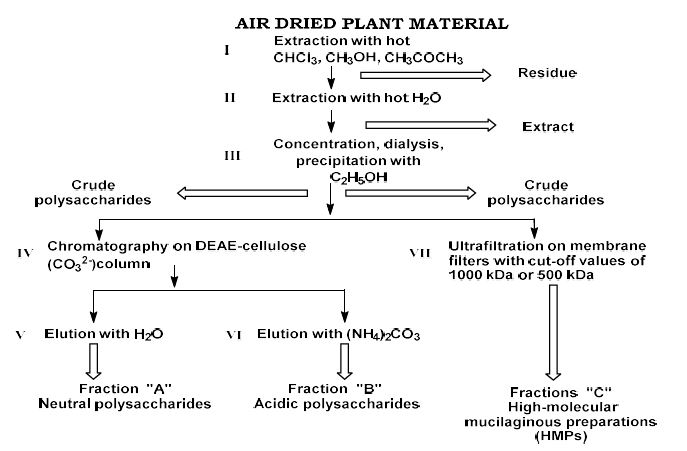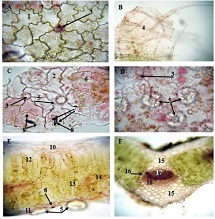Type I and Type IIb Autoimmunity in Chronic Spontaneous Urticaria Patients: Evaluating the Clinical Response to Omalizumab
Downloads
This study aimed to evaluate the clinical response to omalizumab in patients with Type 1 and Type IIb autoimmunity suffering from chronic spontaneous urticaria (CSU) and to compare the difference in laboratory data. A retrospective study was conducted from September 2019 to December 2022 in the Center of Allergy and Immunology in Tbilisi, Georgia, involving 39 patients (95% females, 5% males, average age 35.82 years). Total IgE and ANA antibodies were taken as markers of autoimmunity. The study included patients who still had high disease activity despite using a fourfold dose of non-sedating antihistamines. Patients were prescribed omalizumab according to international guidelines with an interval of 4 weeks for at least 3 months. Disease activity was determined using the urticaria activity score (UAS7), and patients were divided into three groups according to CSU activity: low, moderate, and high disease activity. Response to omalizumab was assessed as non-responders, partial responders, and complete responders. The results showed that Type I autoimmunity had a higher percentage of complete responders than Type IIb (55.5% vs. 18.3%). Non-responder rates were higher in Type IIb than in Type I (72.7% vs. 18.5%). The median total IgE levels were significantly higher in Type I than in Type IIb (138 vs. 23.95 kU/I). The median duration of the disease was significantly shorter in Type I than in Type IIb (9 vs. 27 months). No significant differences were found between the two groups regarding age, angioedema, CRP levels, H. pylori infection rates, anti-TPO IgG levels, eosinopenia, and basopenia. In conclusion, this study suggests that the clinical response to omalizumab differs depending on the type of autoimmunity. Type I autoimmunity patients had a better response to omalizumab than Type IIb. The median duration of the disease was significantly shorter in Type I than in Type IIb. Further studies are needed to evaluate the mechanism underlying the difference in response to omalizumab and the use of different treatment options for patients with different types of autoimmunity.
Downloads
Zuberbier T, Abdul Latiff AH, Abuzakouk M, Aquilina S, Asero R, Baker D, et al. The international EAACI/GA2 LEN/EuroGuiDerm/APAAACI guideline for the definition, classification, diagnosis, and management of urticaria. Allergy 2022; 77:734-66.
Gericke J, Metz M, Ohanyan T, et al. Serum autoreactivity predicts time to response to omalizumab therapy in chronic spontaneous urticaria. J Allergy Clin Immunol 2017;139:1059-61.
Straesser MD, Oliver E, Palacios T, et al. Serum IgE as an immunological marker to predict response to omalizumab treatment in symptom- atic chronic urticaria. J Allergy Clin Immunol Pract 2018;6:1386-88.
Ertas R, Ozyurt K, Atasoy M, Hawro T, Maurer M. The clinical response to omalizumab in chronic spontaneous urticaria patients is linked and predicted by IgE levels and their change. Allergy 2018;73:705-12.
Schmetzer O, Lakin E, Topal FA, et al. IL-24 is a common and specific autoantigen of IgE in patients with chronic spontaneous urticaria. J Allergy Clin Immunol 2018;142:876-82.
Kolkhir P, Altrichter S, Asero R, Daschner A, Ferrer M, Giménez-Arnau A, Hawro T, Jakob T, Kinaciyan T, Kromminga A, Konstantinou GN, Makris M, Metz M, Skov PS, Staubach P, Sussman G, Zhang K, Maurer M. Autoimmune Diseases Are Linked to Type IIb Autoimmune Chronic Spontaneous Urticaria. Allergy Asthma Immunol Res. 2021Jul;13(4):545-559.
Gotua M, Agondi RC, Cherrez-Ojeda I. Urticaria and comorbidities. Indian J Skin Allergy 2022;1:35-9.
Maurer M, Eyerich K, Eyerich S, Ferrer M, Gutermuth J, Hartmann K, Jakob T, Kapp A, Kolkhir P, Larenas-Linnemann D, Park H, -S, Pejler G, Sánchez-Borges M, Schäkel K, Simon D, Simon H, -U, Weller K, Zuberbier T, Metz M: Urticaria: Collegium Internationale Allergologicum (CIA) Update 2020. Int Arch Allergy Immunol 2020;181:321-333.
Ertaş R, Hawro T, Altrichter S, Özyurt K, Erol K, Ketenci Ertaş Ş, Maurer M. Antinuclear antibodies are common and linked to poor response to omalizumab treatment in patients with CSU. Allergy. 2020 Feb;75(2):468-470.
Zhiron Du, Yuxiang Zhi, MD. Predictors of response to omalizumab in chrinic spontaneus urticaria. Journal of Allergy and Clinical Immunology, volume 151, issue 2, supplement, AB207 February 2023.
Ertas R, Ozyurt K, Atasoy M, Hawro T, Maurer M. The clinical response to omalizumab in chronic spontaneous urticaria patients is linked to and predicted by IgE levels and their change. Allergy 2018;73(3):705-712.
Weller K, Ohanyan T, Hawro T, et al. Total IgE levels are linked to the response of chronic spontaneous urticaria patients to omalizumab. Allergy 2018;73(12):2406-2408.
Asero R. Chronic spontaneous urticaria treated with omalizumab: what differentiates early from late responders? Eur Ann Allergy Clin Immunol. 2020.
Asero, R., Ferrucci, S. M., Calzari, P., Consonni, D., & Cugno, M. (2023). Thyroid Autoimmunity in CSU: A Potential Marker of Omalizumab Response? International Journal of Molecular Sciences, 24(8), 7491.
Copyright (c) 2023 GEORGIAN SCIENTISTS

This work is licensed under a Creative Commons Attribution-NonCommercial-NoDerivatives 4.0 International License.






